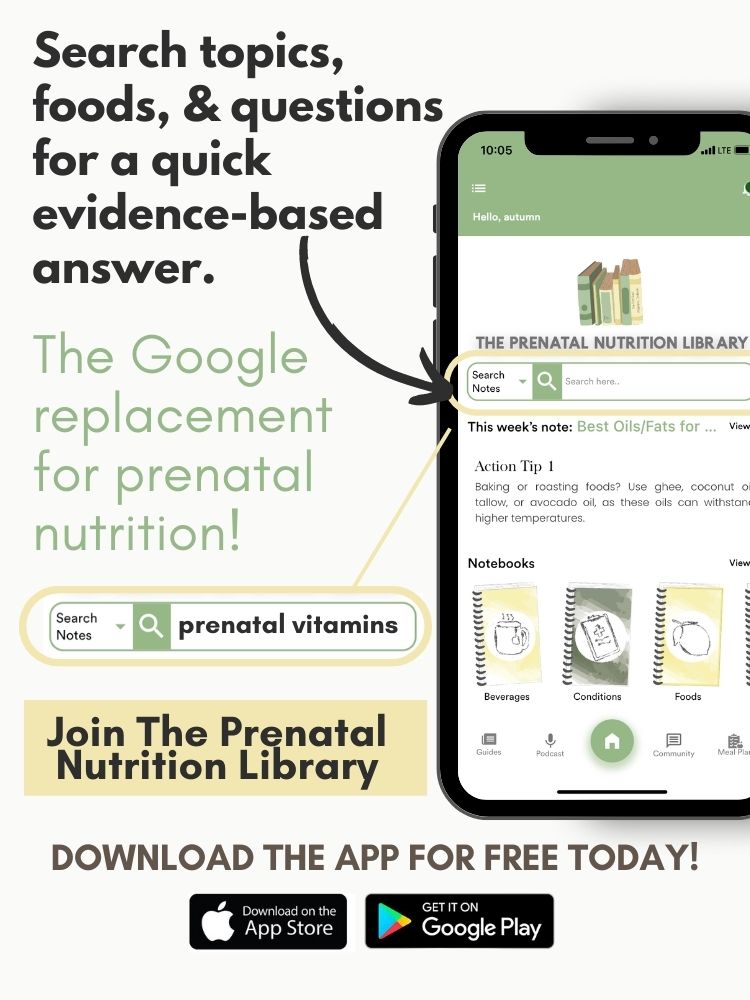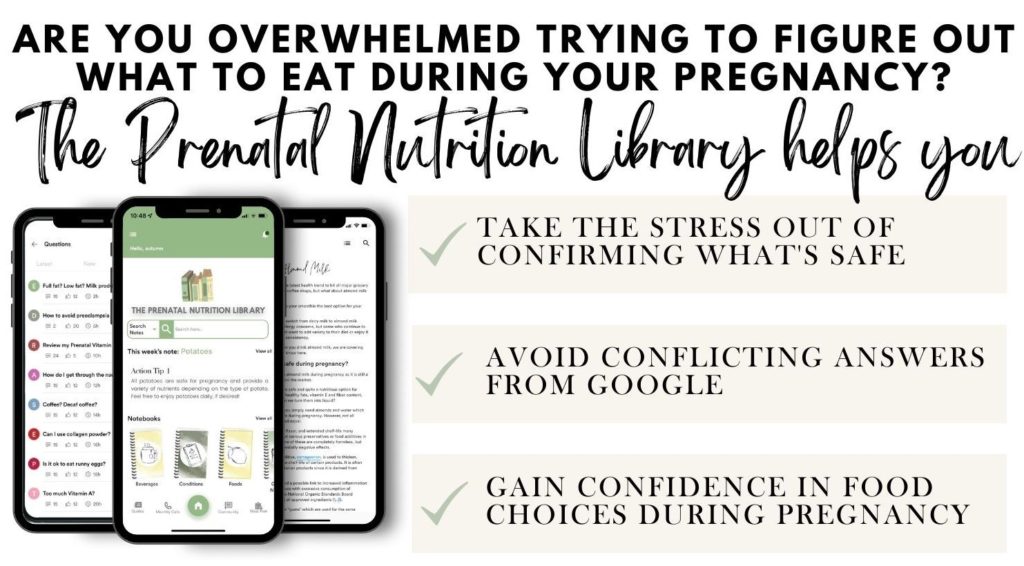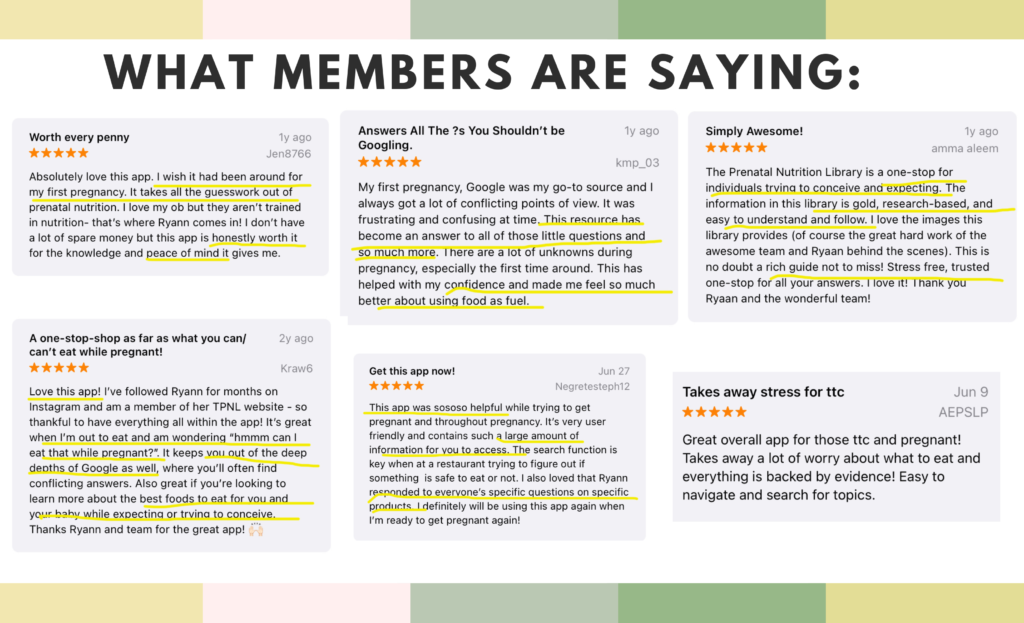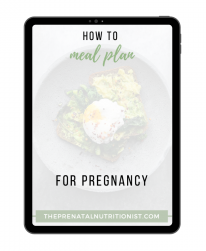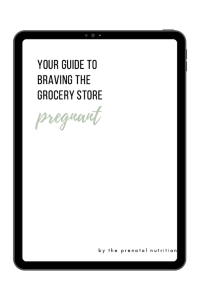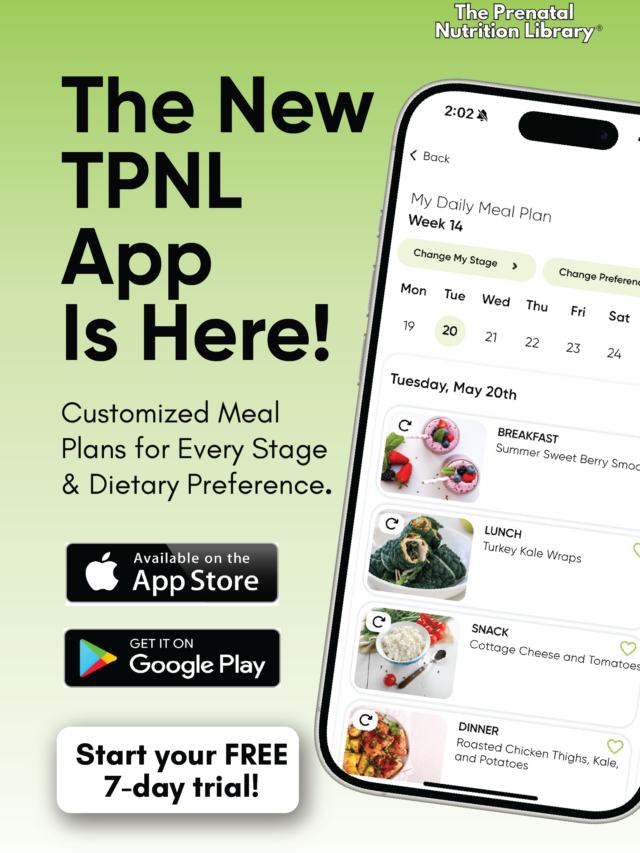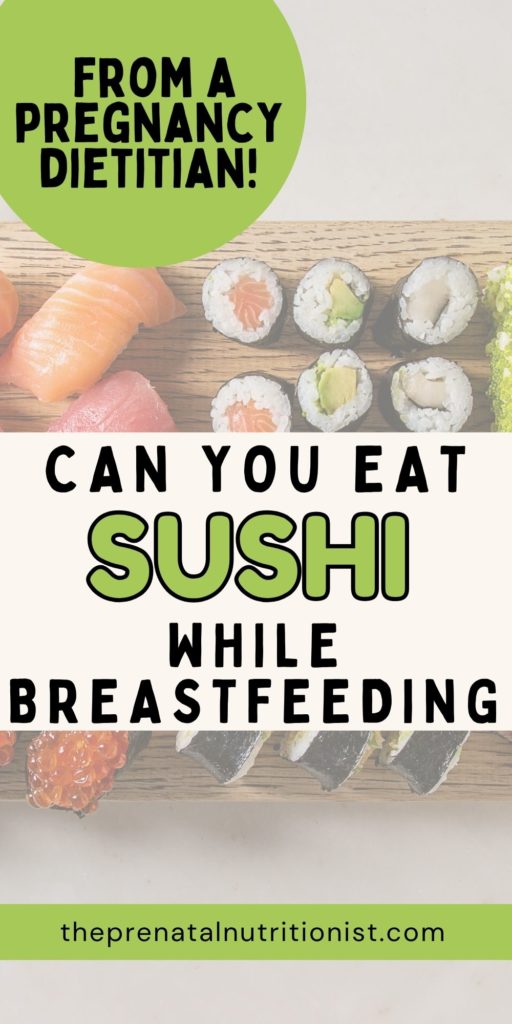
When you’re breastfeeding, it’s natural to have questions about what’s safe to eat. Your body is working hard to nourish your baby, and it makes sense to be cautious about anything that might affect your breastmilk. Since sushi is sometimes touted as a “forbidden food” during pregnancy, it also often raises eyebrows in breastfeeding, too.
Many people have heard that they should avoid certain types of sushi during pregnancy (see my post “Common Myths During Pregnancy“ for more information on this topic). There’s even some hesitation around eating sushi while trying to conceive. But what about once the baby is here? Can you safely enjoy sushi while breastfeeding?
The type of fish, its preparation, and food safety handling all play a role in determining whether it’s safe and beneficial for breastfeeding mothers. Mercury levels and foodborne illness are still important considerations, but the overall risks shift once you’re no longer pregnant.
In this post, we’ll discuss the facts about sushi and breastfeeding, discuss FDA guidelines, discuss research on mercury and food safety, and provide tips for making informed, confident choices when that sushi craving strikes.
Let’s get into it!

Can You Eat Sushi While Breastfeeding?
Yes! You can eat sushi while breastfeeding, and many breastfeeding moms do. That said, it’s still important to be mindful of food safety and the types of fish you choose.
During pregnancy, foods like sushi often land on the “avoid list” due to food safety concerns. Certain foods and beverages are more likely to be contaminated with harmful bacteria or other pathogens that can cause foodborne illness. This is true whether pregnant or not. It’s focused on during pregnancy because our immune systems are slightly suppressed, and contracting certain foodborne illnesses like Listeria or Toxoplasmosis can be very serious for both mom and baby.
However, when it comes to breastfeeding, the considerations are somewhat different. While food safety still matters, the risk of passing something like listeria to your baby through breast milk is extremely low. In fact, current evidence suggests there is little to no risk of transmitting Listeria through human milk.
So what does matter?
The type of fish, the mercury content, and how the sushi is prepared. Sushi can be a great source of beneficial omega-3 fatty acids, supporting your baby’s brain development. But certain fish, like tilefish, shark, swordfish, and king mackerel, are high in mercury and should still be limited or avoided. The FDA encourages breastfeeding mothers to consume 2–3 servings per week of lower-mercury seafood, such as salmon, shrimp, pollock, tilapia, and light (skipjack) tuna. We recommend hitting three servings of fish per week if you can!
Sushi with low-mercury fish and prepared by reputable restaurants that follow safe handling practices, like flash-freezing raw fish to kill parasites, can be safely enjoyed. You can also opt for rolls made with cooked fish, vegetables, or egg if you prefer to play it extra safe. Bottom line: there’s no need to avoid sushi altogether while breastfeeding. Just follow food safety guidelines and be selective about the type and source of the seafood you eat.
We’ll walk you through how to do that next.
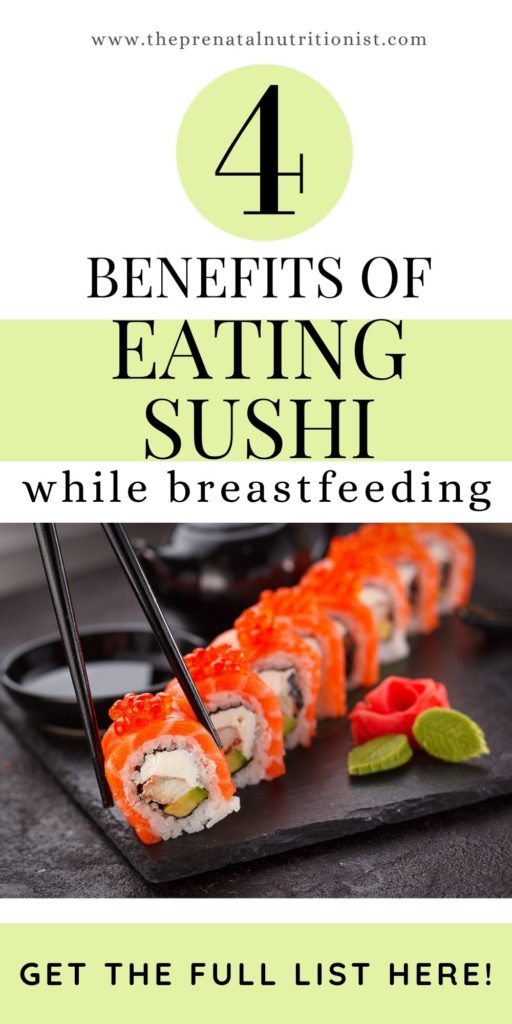
What Are The Pros And Cons Of Eating Sushi While Breastfeeding?
Pros of Eating Sushi While Breastfeeding
It’s rich in omega-3 fatty acids.
Many fish used in sushi, like salmon and tuna, are rich in omega-3 fatty acids, including DHA, which supports your baby’s brain and nervous system development. These healthy fats are also beneficial for your own brain health and mood during the postpartum period. Including omega–3–rich low-mercury fish in your diet while breastfeeding can be a nutrient-dense way to support both you and your baby.
You can choose low-mercury fish options.
Opting for low-mercury fish, such as salmon, shrimp, cod, or light (skipjack) tuna, allows you to enjoy the benefits of fish without the added potential risk of high mercury exposure. High-mercury fish, such as shark, ahi tuna, swordfish, and king mackerel, should be avoided while breastfeeding to reduce any potential mercury accumulation in breast milk. Even though occasional consumption may not pose a major risk, it’s generally recommended to steer clear of these types during lactation.
There are plenty of nutrients and a variety of options to choose from.
If you’re craving sushi while breastfeeding, you’ve got lots of choices. From avocado rolls and pickled vegetables to cooked seafood or veggie-packed rolls, plenty of flavorful, satisfying, and nourishing options fit well into a breastfeeding diet.
Sushi can provide a variety of nutrients, especially when made with fish rich in omega-3 fatty acids, seaweed (a source of iodine), or vegetables that add fiber and antioxidants. Some researchers even suggest that seafood is under-consumed during pregnancy and lactation, despite its potential benefits. That said, always listen to your body and eat what feels right. There’s no pressure to eat sushi if it doesn’t appeal to you.
It may support emotional well-being.
Enjoying sushi postpartum isn’t just about nutrition. It can also support your emotional well-being. Eating something you genuinely enjoy can help satisfy your appetite and bring a sense of comfort and normalcy during a time of big transitions. And if you avoided sushi during pregnancy, finally being able to indulge can feel especially joyful.
Cons of Eating Sushi While Breastfeeding
Some types of fish are high in mercury.
Certain fish, like shark, swordfish, tilefish, bigeye tuna, and marlin, contain high levels of mercury, which can accumulate in breast milk and potentially impact your baby’s developing nervous system. These species should be avoided while breastfeeding. Instead, choose low-mercury options like salmon, shrimp, cod, or light (skipjack) tuna to minimize exposure while still getting the benefits of seafood.
There’s still a risk of foodborne illness.
Although the risk of transmitting Listeria through breast milk appears to be very low, food safety still matters. Raw or undercooked fish, especially if improperly handled, can carry bacteria like Salmonella or Vibrio, or parasites that can make you sick. And while this doesn’t necessarily endanger your baby through breast milk, dealing with a foodborne illness while caring for a newborn is the last thing any new parent wants.
Not all sushi is created equal.
Sushi quality and food safety practices can vary depending on where you get it. Some establishments may not follow strict handling or freezing protocols. This raises the risk of contamination. It’s best to stick to reputable restaurants with high safety standards when eating sushi while breastfeeding.
These are the same cons of eating sushi while pregnant.
Related: Can You Eat Honey While Breastfeeding?
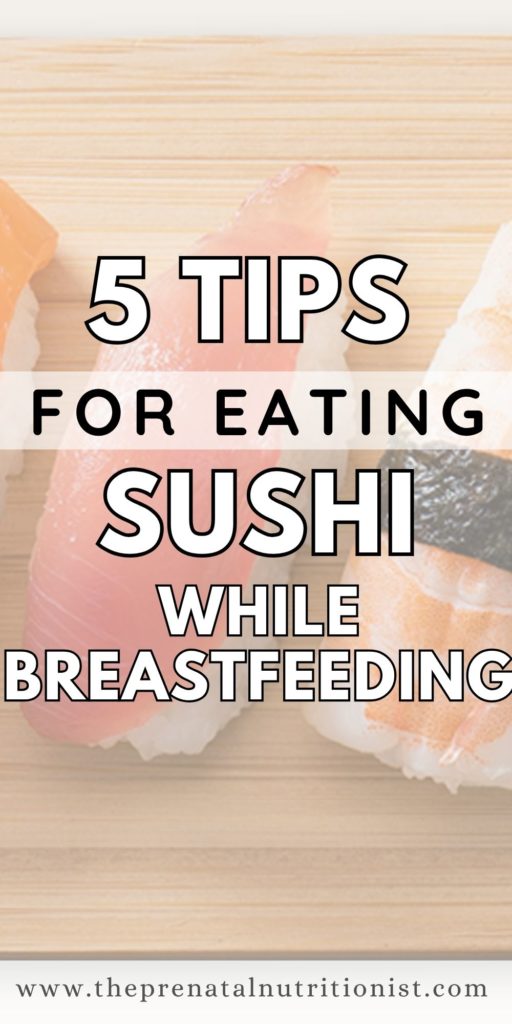
What Type of Fish Is Good For Breastfeeding Mothers?
Here are some types of fish and shellfish that are considered both safe and nutrient-rich to consume while breastfeeding:
- Salmon: High in omega-3, low in mercury
- Cod: Low in mercury, iodine-rich
- Shrimp: Low-mercury, shellfish are safe as long as they’re thoroughly cooked
- Skipjack or light tuna (canned): Good source of omega-3, low-mercury
- Oysters and other shellfish: Ensure they are fully cooked, rich in iodine, and protein
Note: This list is not exhaustive. Many other low-mercury seafood options are great choices during pregnancy and breastfeeding.
How To Eat Sushi Safely While Breastfeeding
Choose cooked fish or fully cooked rolls.
Sushi made with fully cooked ingredients, like shrimp tempura rolls, eel rolls, or classic California rolls, is a great option. Cooking significantly reduces the risk of foodborne illness by killing bacteria and parasites. This helps make these choices more reassuring for breastfeeding mothers. If you choose shellfish, make sure it is cooked, and choose low-mercury options like shrimp, scallops, or clams.
When eating raw fish, opt for sushi from reputable sources.
If you want to enjoy raw sushi, ensure the restaurant uses fish that has been flash-frozen according to FDA guidelines. This process helps kill parasites and reduces risk. Trusted, high-quality restaurants typically adhere to these standards, which provide you with peace of mind that you’re making a safe choice.
Avoid high-mercury fish.
Avoid high-mercury species, such as shark, swordfish, tilefish, king mackerel, marlin, and bigeye tuna. These can lead to mercury accumulation in breast milk. Safer choices include salmon, skipjack tuna, shrimp, and cod. These are all commonly used in sushi and provide important nutrients.
Eat at a reputable restaurant and watch for cross-contamination.
Stick to sushi spots known for their cleanliness, high-quality sourcing, and safe food handling practices. A reputable restaurant will minimize the risk of cross-contamination by using separate tools for raw and cooked ingredients. Even if you can’t see the kitchen, this level of care matters.
Pair sushi with a well-rounded, hydrating meal.
Breastfeeding increases your fluid and nutrient needs, so when you’re enjoying sushi, think about what else is on your plate (and in your cup). Pair your rolls with hydrating sides like miso soup or cucumber salad, and add fiber or extra protein to help make the meal more filling and balanced. Drinking water, coconut water, or herbal tea alongside your sushi can also support hydration, which is especially important during lactation.
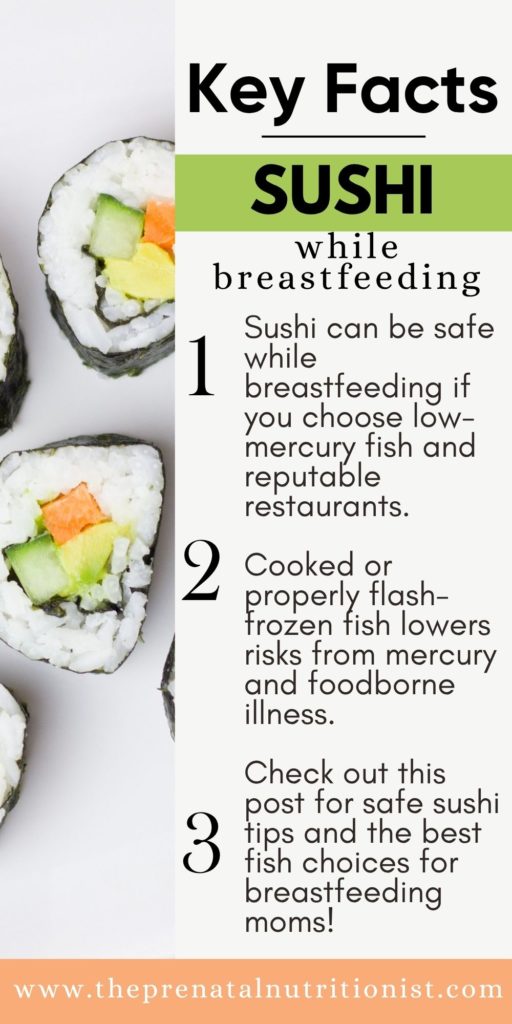
Ready to Stop Second-Guessing Breastfeeding Nutrition?
If you’ve been wondering whether sushi is off-limits while breastfeeding, the good news is, it doesn’t have to be. With a few simple precautions, you can enjoy sushi as part of a nourishing, balanced postpartum routine.
Choose low-mercury fish, stick with cooked or properly handled raw options, and eat at reputable restaurants to keep things safe and stress-free. Breastfeeding doesn’t require giving up the foods you love. You need to find a balance that supports both you and your baby.
If you’re navigating nutrition during preconception, pregnancy, or postpartum, The Prenatal Nutrition Library can help. Our evidence-based app provides clear guidance, so you can feel confident about what you eat at every stage, from preconception through postpartum.
Not ready to jump in just yet? Grab my free one-week meal plan to get started. You deserve to feel informed and empowered about your nutrition choices!

